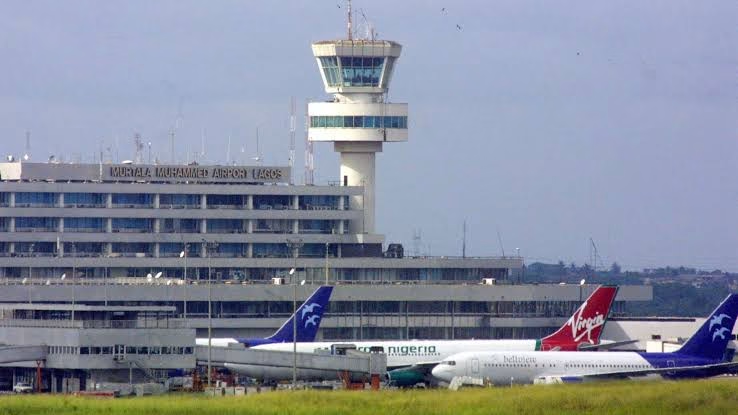Nigeria’s Federal Government has unveiled the Murtala Muhammed International Airport (MMIA) Upgrade Project in Lagos. The airport will undergo a N712.3 billion ($500 million) upgrade. This planned upgrade is expected to transform the airport into a world-class facility, the Federal Government has said.
Once the upgrade of the airport will be completed in a period of two years, the Lagos airport will transform to a hub of air travel in West Africa region.
Also read: Nigeria’s New Ibadan Airport Terminal Commences Construction
Murtala Muhammed International Airport (MMIA) Upgrade Project Factsheet
Cost: approximately $500 million.
Funding: The project will be wholly funded by the Renewed Hope Infrastructure Development Fund.
Contractor: China Civil Engineering Construction Corporation (CCECC).
Timeline: The project will be completed within 22 months.
Scope of work:
Terminal 1 (Old terminal):
- Complete rehabilitation and modernization.
- The 1979-built terminal will be “stripped down to its structural frame,” leaving only the carcass.
- It will be completely reconfigured and rebuilt with new mechanical, electrical, and plumbing systems to meet modern international standards.
- This includes upgrading the exterior facade, interior finishes, and all systems.
Terminal 2 (New terminal):
- Expansion of the building and the apron (the area where aircraft park) to accommodate more aircraft, including wide-body jets.
Infrastructure and road networks:
- Construction of two new independent ring roads for arrivals and departures to ease traffic congestion.
- Construction of a new bridge that will provide direct passenger access to the upper floor of the Terminal 2 departure lounge, correcting a previous design flaw.
- A “Skywalk” will be built to connect the car park building with Terminal 2, and a connection building will link Terminal 1 and Terminal 2, creating a unified complex for improved passenger flow.
- The central square landscape in front of the terminals will be redesigned.
Other upgrades:
- Introduction of “smart solutions” to create a modern “smart airport.”
- A temporary departure hall will be established to ensure smooth operations during the rehabilitation phase.
- Security will be enhanced with a N49.9 billion perimeter fencing project, including a 14.6-kilometer metal fence with an intrusion detection system, CCTV cameras, and solar-powered floodlights.
- Airfield lighting on Runways 18 Left and 36 Right, as well as on Taxiways B and C, will be upgraded to Category Two (CAT 2) LED systems.
Financier
The upgrade project will be wholly funded by the Renewed Hope Infrastructure Development Fund.
Both Minister of Aviation and Aerospace Development, Festus Keyamo, and Managing Director of Federal Airports Authority of Nigeria (FAAN), Mrs. Olubunmi Kuku, at the weekend, spoke on the project which was given a greenlight last week by the Federal Executive Council (FEC).
The airport upgrade project involves a complete overhaul of Terminal 1 building of the airport that was inaugurated in 1979. Furthermore, it will involve the redesign of Terminal 2 which was inaugurated at the tail end of the Buhari Administration.
Also read: Construction of Lekki-Epe International Airport in Nigeria approved
Also, other areas that will get facelifts include the aircraft parking facilities, the aprons, the hangar, car parks, roads, and the international wing of the facilities.
Significance of the Airport
The Murtala Muhammed International Airport is Nigeria’s busiest. Furthermore, it is responsible for 67 per cent of air passengers in the country.
Also, the transformative project is designed to elevate the MMIA to meet the highest global standards.
The upgrade project is described as a future-focused initiative. Additionally, it is expected to touch virtually every critical aspect of the airport’s infrastructure.
Also read: Gusau International Airport Construction Flagged off in Nigeria
Once the upgrade is complete, the upgraded MMIA is expected to redefine air travel in the region. Furthermore, it is expected to position Nigeria as a leading aviation hub in West Africa and projecting the nation’s image as one that embraces excellence and innovation in public infrastructure.

